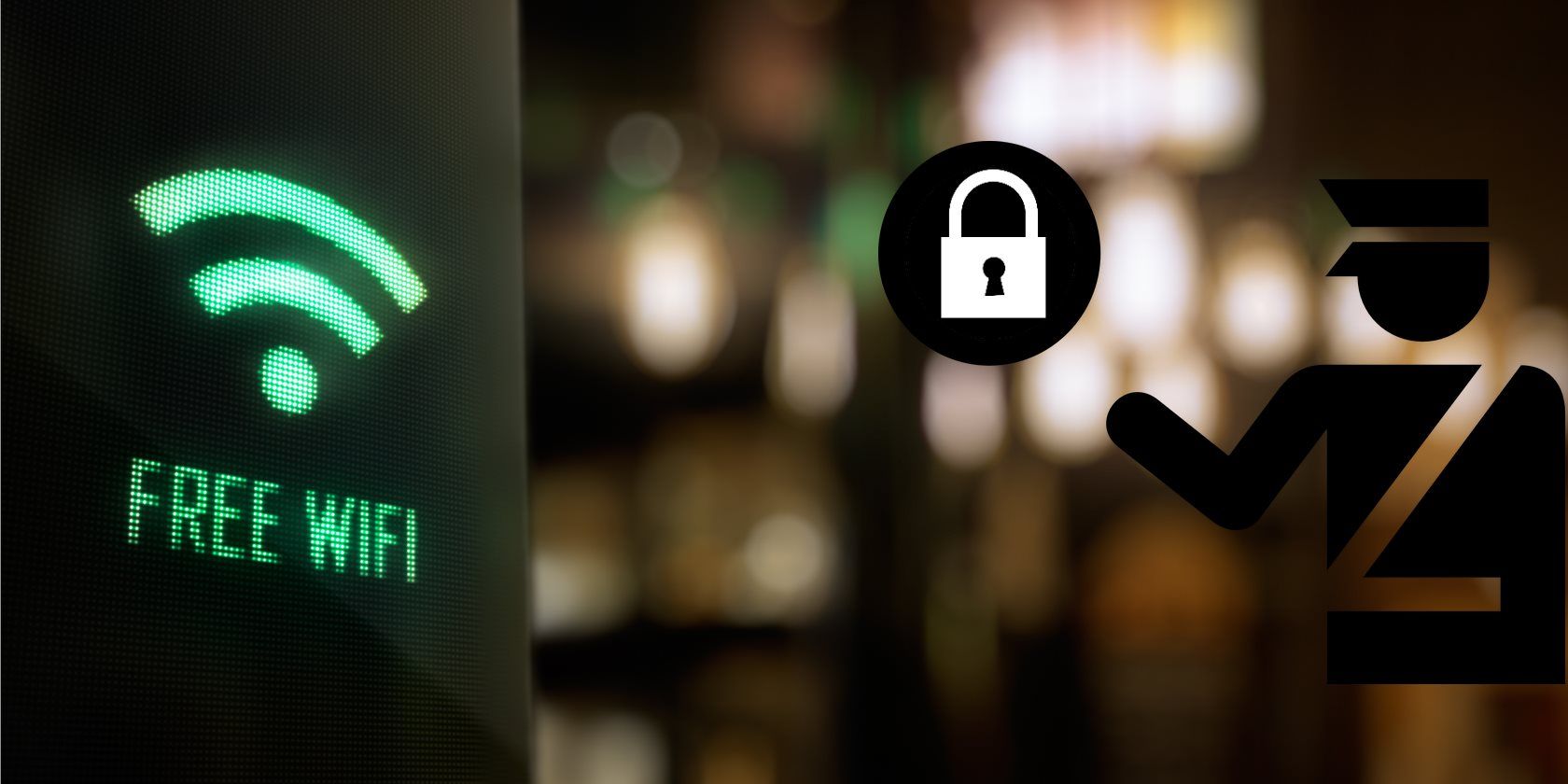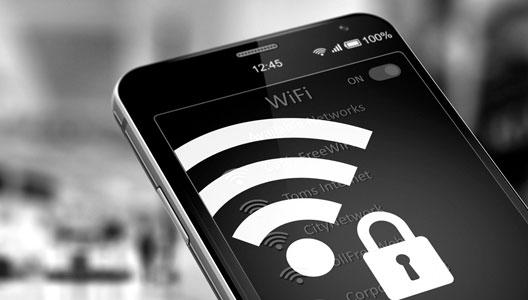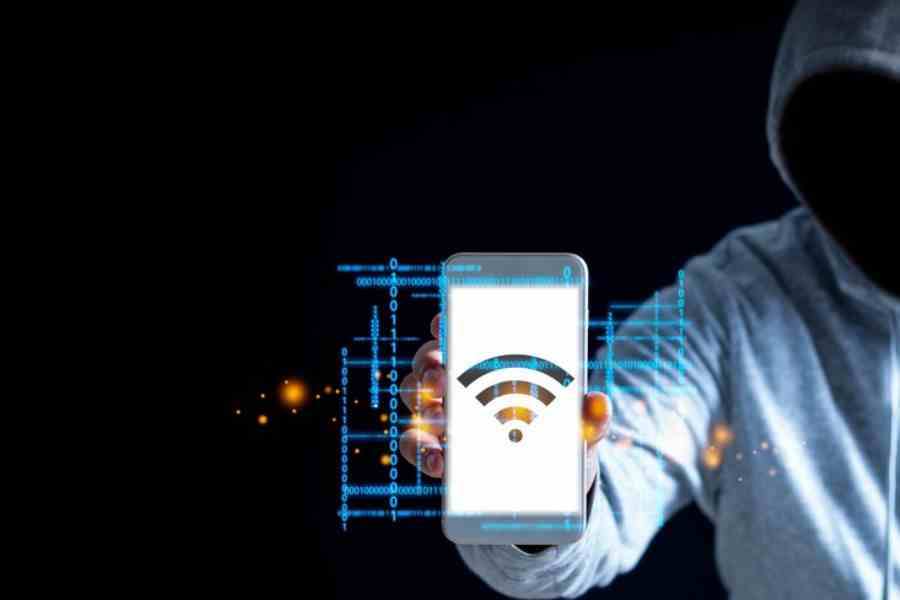Public Wi-Fi is everywhere. From coffee shops to airports, it’s hard to resist the allure of free internet access. It makes staying connected easy, whether you’re catching up on emails or streaming your favorite show. However, lurking behind this convenience are some serious risks that can threaten your personal data and privacy.
Imagine sitting in a bustling café, sipping your coffee while scrolling through social media or working remotely. You feel safe because everyone around you seems harmless, but what if someone is secretly watching? With open networks come dangers that often go unnoticed until it’s too late.
Understanding how to navigate public Wi-Fi safely has never been more essential. Let’s dive into what public Wi-Fi truly means, explore its inherent risks, and equip you with practical tips for protecting yourself in these open digital spaces. Your online security shouldn’t be an afterthought; let’s make sure you’re prepared!
What is Public Wi-Fi?.

Public Wi-Fi refers to wireless internet access that is available in public spaces. You can typically find it in places like libraries, cafes, airports, and parks. This service allows anyone within range to connect their devices without needing a password or special permissions.
Providers often set up these networks for convenience. They aim to attract customers by offering free connectivity while they enjoy the atmosphere of their establishment or wait for a flight.
While this accessibility is great for staying connected on-the-go, it also means that many people are using the same network simultaneously. This shared environment creates potential vulnerabilities where cyber threats can flourish unnoticed.
Understanding what public Wi-Fi entails helps users navigate its benefits and pitfalls more effectively. Staying informed about your surroundings can lead to smarter decisions regarding your online activity when using these open networks.
The Risks of Using Public Wi-Fi

Public Wi-Fi networks offer convenience, but they come with substantial risks. When you connect to these open networks, your data can easily become vulnerable.
Hackers often lurk in crowded spaces like cafes or airports. They deploy tactics such as man-in-the-middle attacks to intercept your information. This can include anything from passwords to personal messages.
Another danger is the ease of connecting without authentication. Many users unknowingly join rogue hotspots that mimic legitimate services. These fake networks are traps waiting to steal sensitive details.
Malware distribution also poses a significant threat on public connections. Unsuspecting devices may pick up harmful software simply by being connected.
Moreover, privacy becomes a concern when using shared networks. Your online activity could be monitored by others sharing the same connection, exposing your browsing habits and personal information without your knowledge.
Tips for Staying Safe on Public Wi-Fi

When using public Wi-Fi, vigilance is essential. One of the easiest ways to bolster your safety is by avoiding sensitive transactions. Skip online banking or shopping while connected to open networks.
Consider using a Virtual Private Network (VPN). A VPN encrypts your internet traffic, making it much harder for anyone to snoop on your activity. This adds an important layer of security that can protect you from prying eyes.
Always check the network name before connecting. Cybercriminals often create fake hotspots with names similar to legitimate ones. If in doubt, ask staff for the correct Wi-Fi details.
Turn off sharing options on your devices as well. Disable file and printer sharing settings when you’re not at home; this reduces risks considerably.
Remember to log out from accounts once you’re done browsing. Staying proactive helps keep potential threats at bay while enjoying those convenient connections.
How to Secure Your Devices on Open Networks

To secure your devices on open networks, start by ensuring your operating system and applications are up to date. Regular updates often patch security vulnerabilities that hackers exploit.
Next, activate a firewall if you haven’t already. Firewalls act as a barrier between your device and potential threats from the internet. They can help block unauthorized access.
Utilizing a Virtual Private Network (VPN) is another effective measure. A VPN encrypts your data, making it harder for cybercriminals to intercept sensitive information while you’re connected to public Wi-Fi.
Be cautious with file sharing settings too. Disable sharing options unless absolutely necessary when using an open network; this reduces the risk of exposing personal files or data.
Always remember to forget the network after use. This prevents automatic reconnections in the future without your consent and keeps you more secure during subsequent visits.
Alternatives to Public Wi-Fi
Finding alternatives to public Wi-Fi can enhance your online security. Consider using mobile data as a primary option. Most smartphones offer reliable connections, and many plans come with generous data allowances.
Portable hotspots are another smart choice. These devices create secure networks tailored just for you, keeping prying eyes at bay while browsing.
If you’re in a fixed location like a café or library, ask about private networks. Some establishments have secure options that require passwords to access.
For those who frequently travel, investing in VPN services is wise. A virtual private network encrypts your internet traffic, shielding it from potential threats on any connection.
Consider offline activities when possible. Downloading content ahead of time allows you to enjoy media without relying on open networks at all.
Case Studies: Real-Life Examples of Cyber Attacks on Public Wi-Fi
In 2017, a coffee shop in San Francisco became the target of an attack. Cybercriminals set up a rogue Wi-Fi hotspot. Unsuspecting customers connected, unknowingly exposing their personal information.
Another notable case occurred at an airport in New York. Hackers took advantage of the busy travel season by creating a fake network named “Free Airport Wi-Fi.” Passengers who logged in had their sensitive data compromised, including credit card details and login credentials.
A hotel chain faced scrutiny after reports surfaced that attackers intercepted unencrypted data from guests using its public Wi-Fi. This breach affected thousands and highlighted vulnerabilities even in seemingly secure environments.
These incidents showcase how easily cyber threats can exploit open networks. They serve as reminders to be vigilant when connecting to any public Wi-Fi service while on the go or traveling for business or leisure.
Conclusion: Staying Safe in a Connected World
The digital landscape is ever-evolving, and staying safe while using public Wi-Fi is crucial. By understanding the risks associated with open networks, you can make informed decisions about your online activities. Implementing various security measures will help safeguard your personal information from prying eyes.
Using a virtual private network (VPN) can significantly enhance your security when accessing public Wi-Fi. Keeping software updated and being cautious about what you access on these networks are essential practices for protecting yourself. Remember that alternatives to public networks exist; sometimes it’s worth seeking them out to ensure better safety.
Real-world examples of cyber attacks highlight the importance of vigilance in our connected world. As technology continues to advance, so too do the tactics employed by cybercriminals. Awareness and proactive measures are key components of maintaining safety online.
By prioritizing security, remaining educated about potential threats, and adopting best practices when using public Wi-Fi, you can navigate open networks with greater confidence and peace of mind.






